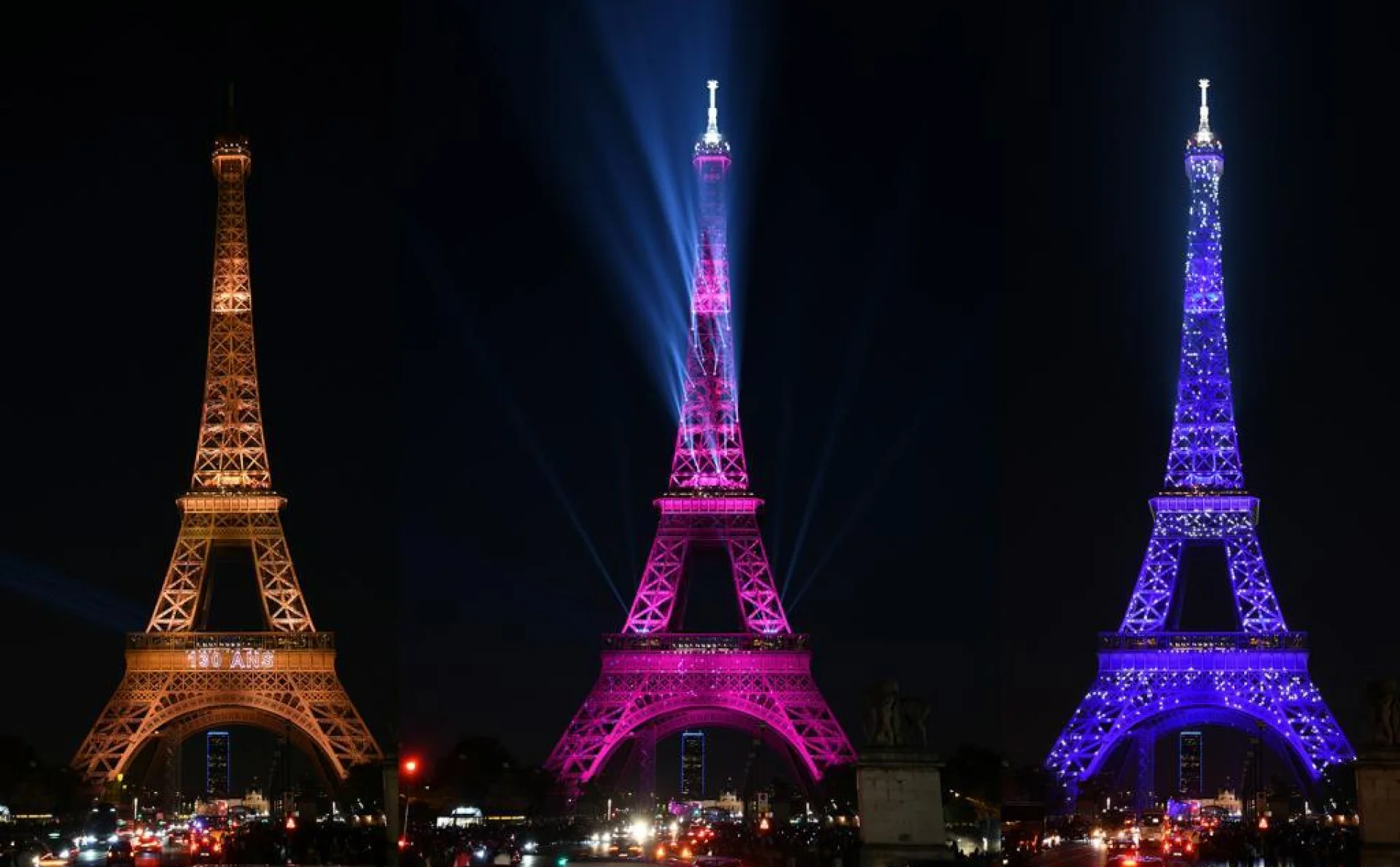“Paris and Dubai witnessed an increase of 20-30% in night tourism footfalls since up-gradation of monument lighting”
In our quest for entertainment and discovery, we immerse ourselves in new cultures through food, people, monuments, and architecture. Ancient castles, forts, and modern marvels reflect centuries of evolving beliefs, values, and ideals. These structures not only preserve history but also hint at the future of our civilization.
Light has always played a central role in festivals, long before modern illumination. Lanterns, lamps, and fireworks symbolize faith and culture across the globe. From globally renowned celebrations like Diwali in India, Chinese Lunar New Year, and the Fête des Lumières in France to lesser-known festivals like Bala Chaturdashi in Nepal or Hogmanay in Scotland, light transforms spaces into cultural expressions. Let’s explore more about the nuances of Night Tourism and Monument Lighting.
“During festivals, light serves more than a practical purpose—it becomes a beacon of culture and faith, connecting people across generations.”
Lighting the Way for Night Tourism
Tourist landmarks are not just economic assets; they represent a nation’s identity. Over the years, advances in lighting have revolutionized how these landmarks are experienced, especially at night. Urban lighting transforms cities into vibrant nightscapes, adding an immersive dimension to the intersection of tourism and architecture.
As the “fourth dimension” of architecture, light enhances the details, textures, and grandeur of monuments, offering visitors a unique and memorable experience. From galleries and museums to entire cityscapes, lighting now shapes how we perceive and interact with spaces after dark.
Icons Lit by Night
Some global landmarks stand out as perfect examples of how light elevates tourism:
- Eiffel Tower, Paris: As the sun sets, the Eiffel Tower sparkles, transforming the cityscape into a breathtaking tableau. This iconic illumination draws millions of visitors annually, extending the city’s allure beyond daylight.
- Burj Khalifa, Dubai: With its nightly light and sound shows, the Burj Khalifa becomes more than a skyscraper. It serves as a billboard and performance canvas, connecting brands with audiences and fostering a sense of community. The initial multi-million-dollar investment now generates immense revenue, proving the power of strategic lighting.


“Light is more than illumination—it’s an art form that brings architecture to life and connects communities through shared experiences.”
The Role of Light in Night Tourism
Beyond individual landmarks, urban lighting creates unique ambiences and shapes the experiential aspects of night tourism. By accentuating architectural subtleties, highlighting textures, and creating dynamic environments, lighting fosters a deeper emotional connection between visitors and spaces.
As cities invest heavily in tourism, light serves as an essential tool for branding, storytelling, and community engagement. Whether it’s a historic castle or a modern skyline, lighting breathes life into structures, creating lasting memories for visitors.
A Brighter Future for Night Tourism and Monument Lighting
Light has the power to transcend its functional purpose, turning spaces into cultural icons. From Paris to Dubai, illuminated landmarks symbolize innovation, artistry, and connection. By investing in thoughtful lighting, cities can create captivating nightscapes that boost tourism, celebrate culture, and build stronger communities.







